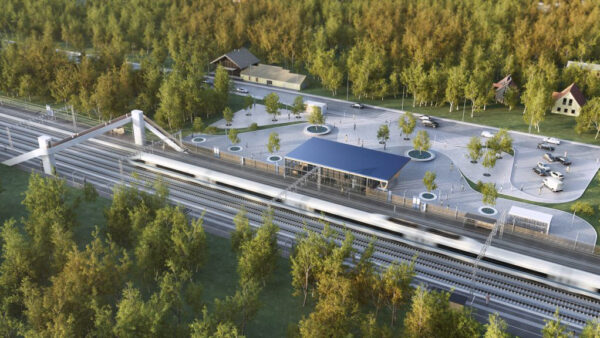South Africa has formally begun the process of developing a post-Apartheid nuclear industry by issuing a request for information on nuclear technologies.
The request, published on Sunday, 14 June by the Department of Mineral Resources and Energy (DMRE), is intended to lead to a nuclear programme delivering new installed capacity of 2.5GW.
That capacity could take a number of forms, including advanced pressurised water reactors and the small modular reactors that are expected to reach the market in the next 10 years.
As well as the type of technology, the DMRE is looking for advice on lifecycle costs, ownership structures and environmental impact.
Gwede Mantashe, South Africa’s energy minister, published the RFI on Twitter.
No site is named for a new power station. Eskom, South Africa’s state energy company, has earmarked a site at Oyster Bay, near Port Elizabeth; another alternative is Duynefontein, where the country’s existing Koeberg nuclear power station is located.
The plan also provides for the extension of the life of Koeberg, which is presently due to be decommissioned in 2024 after 40 years in operation.
Financing the new capacity will be an issue. The Nuclear Industry Association of South Africa (Niasa) noted last month that affordability had been a major concern among critics of the programme.
Niasa said the real interest rates on state debt could be in the range of 2-3%, whereas interest on equity finance could be in the range of 10-15%.
It added that this explained why some projects, such as state-supported projects in China, could be competitive whereas others, such as Hinkley Point C in the UK, could be expensive.
Niasa also highlighted the advantages of SMRs. As well as offering flexibility in matching supply to demand, it said, they do not need long transmission lines, as units can be sited near users.
Companies interested in taking part in the planning process are requested to email the department by 15 July.
More information is here.
Image: One they made earlier: South Africa’s Koeberg nuclear power station (Philipp P Egli/CC BY 3.0)
Further reading:










